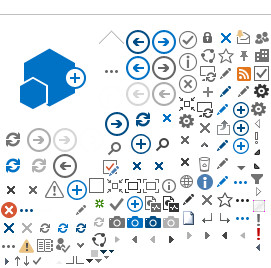July
2001
, Volume
91
, Number
7
Pages
642
-
647
Authors
Denis A.
Shah
,
Gary C.
Bergstrom
,
and
Peter P.
Ueng
Affiliations
First and second authors: Department of Plant Pathology, Cornell University, Ithaca, NY 14853; and third author: USDA-ARS, Plant Molecular Biology Laboratory, Beltsville, MD 20705
Go to article:
RelatedArticle
Accepted for publication 25 March 2001.
Abstract
ABSTRACT
Stagonospora nodorum blotch (SNB) often develops explosively on upper leaves and glumes of wheat. Inoculum for late season infections may arise from early disease foci in the lower canopy or from recent immigration of wind-dispersed ascospores. Research was conducted to determine if foci of SNB are present and secondary spread has occurred in fields before tiller elongation. We determined the incidence of infection by Stagonospora nodorum for plants sampled at the mid-tillering stage in 96 1-m2 quadrats in each of two fields. Isolates of S. nodorum were recovered from 32 quadrats, one per infected plant where possible. Multilocus restriction fragment length polymorphism haplotypes were determined for each isolate. Of 55 isolates collected from one field, there were 22 distinct haplotypes. Diseased plants were aggregated in both fields; aggregates sometimes extended to adjacent quadrats. Plants within aggregates were often infected by the same haplotype, suggesting that secondary spread had occurred. Foci overlapped because some aggregates were infected by more than one haplotype. Our results show that genetically diverse populations of S. nodorum were already established in fields before canopy development and were comprised of sometimes overlapping foci undergoing clonal expansion.
JnArticleKeywords
Additional keywords:
beta-binomial
,
randomization testing
.
Page Content
ArticleCopyright
The American Phytopathological Society, 2001
